When the Wi-Fi connection fails, we think about why our laptop won’t connect to Wi-Fi. Wi-Fi is one of the basic needs for connecting to the Internet. Things can get complicated when our laptop won’t connect to Wi-Fi because most of our work depends on it.
6 ways to solve the laptop won’t connect to Wi-Fi problem
Here are some simple and effective ways to fix your laptop won’t connect to Wi-Fi. Try these methods and see how easily your laptop connects to a Wi-Fi network.
1. Make sure the Wi-Fi is turned on your laptop
The problem can sometimes just be that the Wi-Fi on your laptop isn’t turning on. So, check if you have turned on Wi-Fi and ensure your device is not in airplane mode.
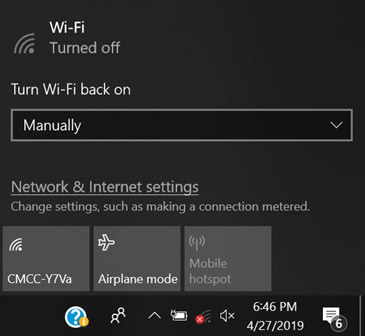
Look at the bottom right corner of the screen and click on the Internet tab to check if Wi-Fi is turned on. You can also cross-check with your smartphone to see if the issue is with your laptop or the Wi-Fi network.
2. Restart Your Modem and Router
Your laptop may be fine, but your Wi-Fi network is faulty, so you’ll need to restart it. You can do this by following these simple steps:
1. Disconnect the wires of your router and modem.
2. Wait for about 30 seconds.
3. Reconnect the modem’s cable and turn it on. But don’t connect your router just yet.
4. Wait for about 1 minute, then plug in your router and power it on.
5. Wait for about 2 to 3 minutes to see if your Wi-Fi starts working on your laptop.
If this works, then the problem is with your Wi-Fi device, not your laptop.
3. Restart Your Laptop
If restarting your modem and router does not resolve the issue, you may need to restart your laptop. Restart your laptop, and you will be able to connect it to Wi-Fi.
4. Run Windows Troubleshooter
If none of the above methods work, then you may need to troubleshoot your Wi-Fi connection. Here’s how you can do it:
1. Go to Start > Settings > Update & Security.
2. There will be many options on the left side of the screen. Select Troubleshoot from there.
3. Click “Internet connections”
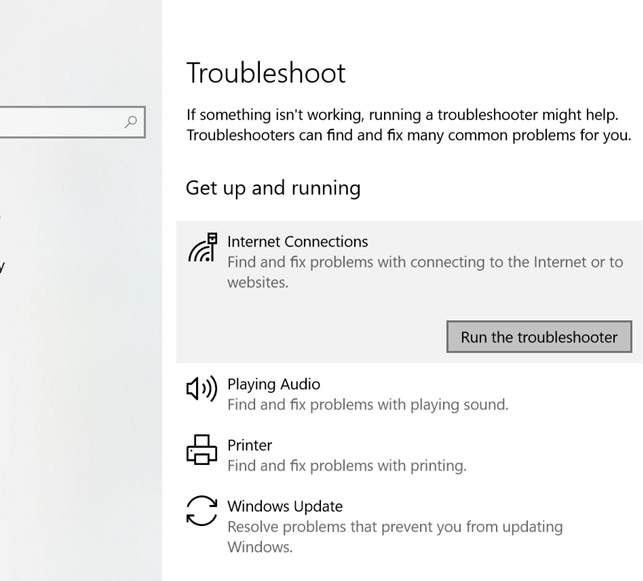
A Windows wizard will open. Follow the instructions on it to troubleshoot your internet connection.
5. Uninstall and Install Your Wi-Fi Drivers
The problem could also be with the Wi-Fi drivers, which are outdated and need to be reinstalled. Here’s how to do it:
1. Please click the Start button on your laptop, and you should see the Control Panel in the list. If you can’t find the Control Panel in the list, please use Cortana: Click Cortana, then say (or enter) ‘Device Manager’. Then you can open the Device Manager directly.
2. Now, double-click on Network Adapters, and a list will open. Right-click the Wi-Fi driver, and then click Uninstall.
3. Then restart your laptop and check if it is connected to Wi-Fi.
Sometimes, you don’t need to install Wi-Fi drivers manually, so check if your laptop is connected after uninstalling and restarting it.
Also Read: All laptop help and support, hardware questions, and answers
6. Renew Your IP Address
If the problem persists after trying all of the above fixes, your IP address may not support Wi-Fi connections. To resolve this issue by changing the IP address, you need to do the following:
1. Press the Windows logo key on your keyboard, then press the R key. This will open the Run box on your screen.
2. Once opened, type cmd on your keyboard and press Enter.

3. A black window will appear.

4. Type ipconfig/release and press Enter. Now, you have to wait for a while for the command to do its job.
5. When this command is successful, type ipconfig/renew and press Enter. Now, wait for a while and connect your laptop to Wi-Fi.
This will resolve any issues with your laptop not connecting to Wi-Fi, so you can continue working.


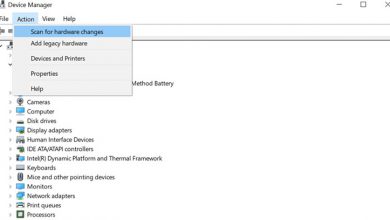
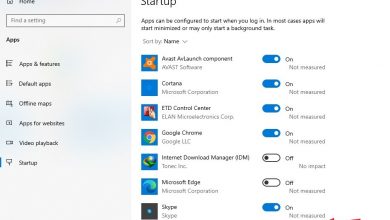
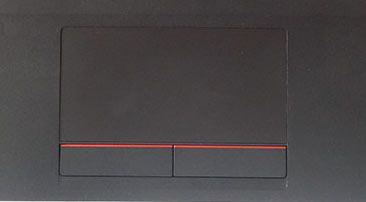
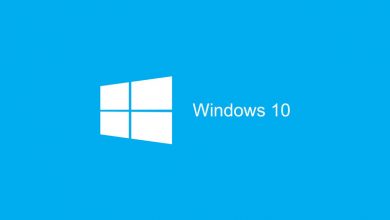
Wi-Fi problems